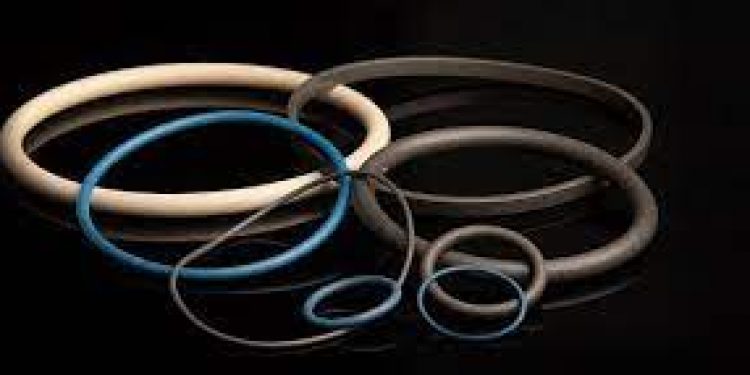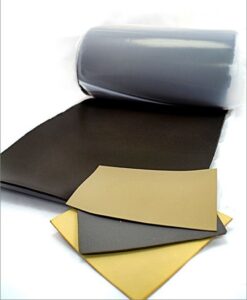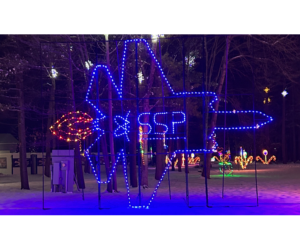Compare cold spliced EMI O-Rings with vulcanized EMI O-rings and make the right choice for your EMI shielding project. Ask SSP for EMI O-rings.
Specialty Silicone Products (SSP) extrudes EMI elastomers into solid cords that come in various stock sizes. Die cutters and other gasket fabricators can convert these cords into bonded O-rings that provide EMI shielding and environmental sealing. To join the ends of cords together, fabricators can use either cold bonding or vulcanization. Each method has advantages and disadvantages, so it’s important to select the technique that best suits your requirements. Here’s what you need to know.
| Feature | Cold-Spliced O-Ring | Vulcanized O-Ring |
|---|---|---|
| Bonding Method | Adhesive, no heat | Heat and pressure (vulcanization) |
| Strength of Joint | Moderate | Stronger, more durable |
| Electrical Continuity | May be slightly lower | Higher, seamless conductivity |
| Production Time | Faster, simpler | Longer (requires tooling) |
| Cost | Lower | Higher (due to molds and labor) |
| Typical Use | Prototypes, low-stress apps | High-reliability environments |
Cold Spliced EMI O-Rings
Cold-spliced EMI O-rings are electrically conductive O-rings formed by joining the ends of an extruded EMI gasket profile using an adhesive or bonding agent at room temperature—without heat or vulcanization.
What is Cold Splicing?
Cold splicing involves applying a non-conductive adhesive to the cord ends. This joining technique is considered to be “cold” because, unlike vulcanization, there’s no heat involved. With cold spliced O-rings, the absence of compression molding means shorter lead times for your customers. As many as 200 to 400 EMI O-rings can be cold bonded in a single shift, which helps to limit per-part costs. For most applications, cold spliced O-rings provide reliable EMI shielding.
Disadvantages of Cold Splicing
There are disadvantages to cold bonding, however. For example, because a non-conductive adhesive is used, a cord that’s been spliced incorrectly may permit the passage of certain frequencies. In addition, cold-splicing EMI fluorosilicones can be challenging because of the chemical resistance of the base material. Die cutters and other gasket fabricators may also discover that some customer part drawings require vulcanization even when cold splicing may be a better choice.
Applications for Cold Spliced EMI O-Rings
Lab equipment
Development enclosures
EMI test setups
Large access panels or doors
Vulcanized EMI O-Rings
Vulcanized EMI O-rings are electrically conductive O-rings that have undergone a vulcanization process to form a continuous, closed-loop shape used for electromagnetic interference (EMI) shielding and environmental sealing in electronic enclosures.
What is Vulcanization?
Vulcanization is a joining process that uses heat and pressure to create a single, solid O-ring from EMI cords or extrusions. Engineers like that vulcanized EMI O-rings are made from a single electrically-conductive material, and that a non-conductive adhesive isn’t used. They also like that vulcanized O-rings can match the reliability of conductive shielding elastomers that are supplied in other forms (such as die cut gaskets). Plus, vulcanized bonds typically meet or exceed the strength of the material itself.
Disadvantages of Vulcanization
Vulcanized EMI O-rings have some disadvantages, however. Lead times are longer than with cold splicing. Tooling costs are higher, too. Ultimately, the part costs of vulcanized EMI O-rings are higher because molding labor is required.
Applications for Vulcanized EMI O-Rings
Military and aerospace enclosures
Medical and telecom devices
EMI-shielded connectors
Door seals in RF test chambers
Shielded housings for sensors or electronics





